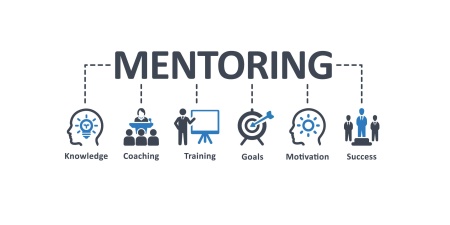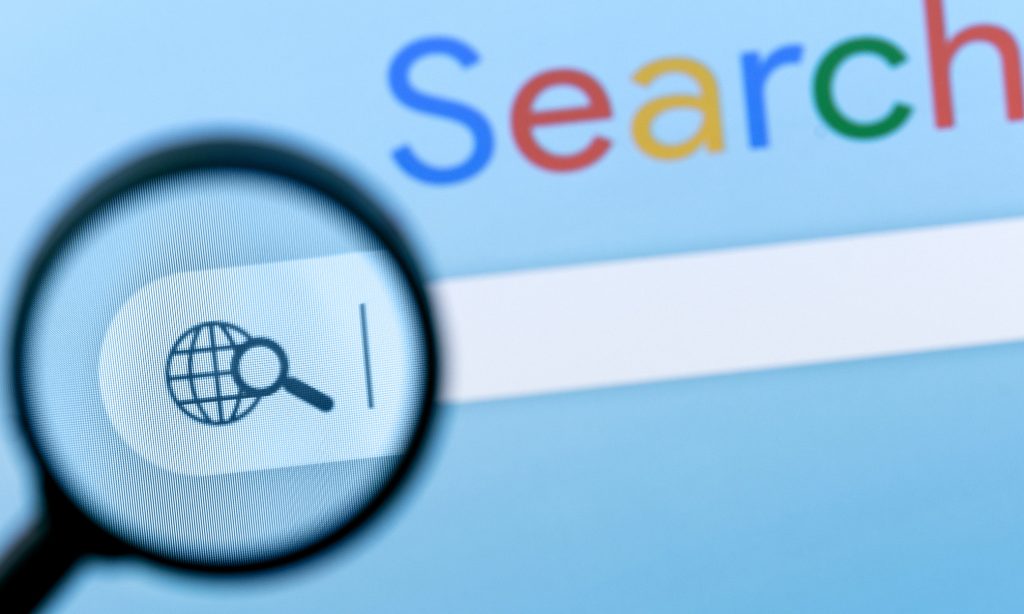By Paul Banuski
What is the responsibility of a manager when he/she suspects an employee may be struggling with depression, anxiety or other mental health challenges? It’s not an unreasonable question, and it is one that every supervisor should be prepared to answer, considering that 1 in 5 Americans will be diagnosed with a mental or behavioral health issue this year, according to the Center for Disease Control. Whether it’s an anxiety disorder, PTSD, post-partum depression, bipolar or any other number of conditions, mental health issues can be a disruptive part of an employee’s life that can lead to struggles that will inevitably intrude on the workplace. If an organization doesn’t take employee mental well-being seriously, it could prove to be a drag on entire teams, departments and organizations.
How much of a drag does mental health pose to the bottom line? According to the Center for Workplace Mental Health, part of the American Psychiatric Association Foundation, depression is the leading cause of disability in the United States, resulting in over $210 billion per year in absenteeism, reduced productivity and medical expenses.
Calculating the Cost of Absenteeism
The Center for Workplace Mental Health has a calculator (http://www.workplacementalhealth.org/depressioncalculator/) to help organizations see what the cost to their business could be based on the number of employees, industry, region and more. The calculator will default to average demographics and wage information, but you can specify your own data. Using the averages for an agricultural employer in the Northeast with 50 employees, it is estimated that depression could cost a single business 63 days in absenteeism and 53 days of reduced productivity, totaling more than $27,000 in a given year. On the one hand, it seems impossible that any organization would put up with that type of loss, yet thousands do because they aren’t paying attention to their employees’ mental well-being.
Pandemic Adds More Stressors
As if this weren’t enough of a challenge, being in the midst of a global health pandemic has placed all new stressors on workplaces and employees. From businesses that have been ordered to shut down or were left with no other option than to reduce operations, the economic uncertainty we’re facing can exacerbate mental health conditions. If mental health issues weren’t a concern for some organizations in a pre-COVID world, they have moved quickly to the foreground.
One of the primary roadblocks for businesses that want to help is that mental health issues can still carry significant social stigma relative to other health concerns, and those who are affected may not seek treatment or care. In recent years, more attention is being paid to mental health, and public awareness of the importance of seeking treatment has gone up, but it seems there are still barriers in the workplace. Studies have found that being open regarding a mental health challenge may result in lowered expectations, lack of respect, isolation from co-workers, a decrease in job responsibility, being passed over for a promotion or increased likelihood of termination. Unless employers want to be saddled with the costs outlined above for not addressing these issues, then they must take a proactive approach to mental health in the workplace.
Reduce Stigma in the Workplace
The first thing to do is work towards reducing the stigma of mental illness. The Center for Workplace Mental Health has a campaign called Right Direction that offers guidance for employers who want to address mental health struggles in the workplace. It’s important to note that your organization may already have resources that can be helpful to employees. Check to see what mental health services may be covered by your health insurance plans. Is a referral from a primary care physician required? Under the Affordable Care Act, health insurance plans must cover mental and behavioral health care treatments which cannot be more restrictive than other medical care treatments. Just knowing that care is available can begin to break down the barriers to seeking it.
EAP Plans Allow Employers to Stay Connected
Employers should also consider investing in an Employee Assistance Plan, a voluntary program employees opt into that can offer short term counseling, arrange referrals for additional treatment, particularly for issues surrounding mental health or substance abuse, as well as grief counseling, domestic abuse and other family difficulties. EAP services are paid for by the employer, typically either on a per capita basis or based on utilization. Having an employee go through an EAP can allow the employer to stay connected to the process of treatment (without disclosing the employee’s protected health or personal information) because the goal of the EAP is to provide assistance to the employee with the goal of helping him/her return to function at work while coping with a particular situation.
Spot the Signs of Struggle
Among the resources that Right Direction offers, one of the most helpful is a guide to spotting the signs that employees may be struggling, and then starting a conversation with them. Having great employee benefits and a strong EAP won’t make a difference if supervisors cannot connect the employee to help in the first place. If a supervisor notices a drop in employee productivity, if he/she seems disengaged or disinterested in work that he/she was once enthusiastic about, it can be a sign that an employee is struggling with a mental health concern. A supervisor should recognize these signs and take a private moment to ask if the employee is ok, and, most importantly, to listen to what the employee has to say. Expressing a willingness to help can reassure employees that they don’t need to be afraid for their jobs and that seeking help is the priority for both them and the organization.
Reducing the stigma of mental illness and having resources in place to help employees who are struggling will not only create a more comfortable and open workplace for the workers, but it will help the organization’s bottom line.








